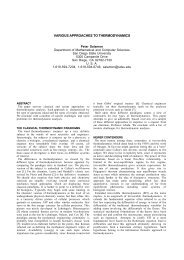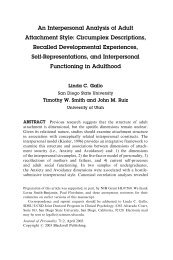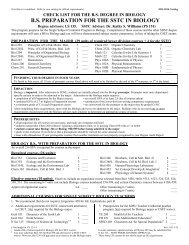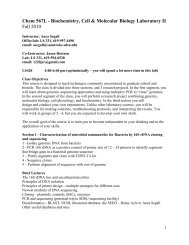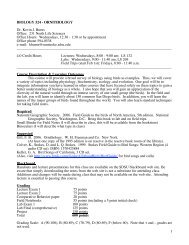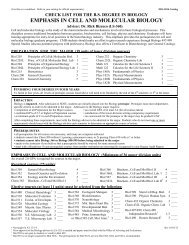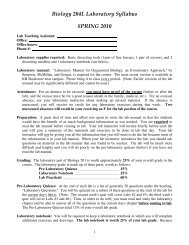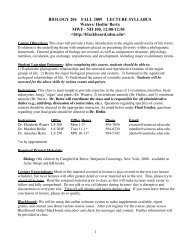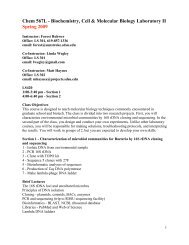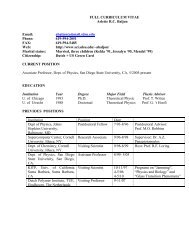Microcatchment Water Harvesting for Desert Revegetation
Microcatchment Water Harvesting for Desert Revegetation
Microcatchment Water Harvesting for Desert Revegetation
Create successful ePaper yourself
Turn your PDF publications into a flip-book with our unique Google optimized e-Paper software.
no one developed these techniques to the level that the Nabateans did in the<br />
Negev desert (now Israel and Jordan) almost 2000 years ago. They used very<br />
sophisticated water harvesting to farm more than 700,000 acres in areas that<br />
only get 3-4 inches of rain a year. Israeli researchers were intrigued by<br />
these ancient Nabatean farms and, in the early 1960’s, restored an area<br />
called Wadi Mashash to “relearn” these ancient water harvesting techniques.<br />
The positive results of the Wadi Mashash restoration inspired<br />
Israel to invest in water harvesting research as a means of supporting<br />
many types of crops and landscaping <strong>for</strong> desert parks.<br />
Q. What is a microcatchment?<br />
A. A microcatchment is a<br />
specially contoured area<br />
with slopes and berms<br />
designed to increase runoff<br />
from rain and concentrate<br />
it in a planting basin<br />
where it infiltrates and is<br />
effectively “stored” in the<br />
soil profile. The water is<br />
available to plants but<br />
protected from evaporation.<br />
Q. What are the advantages of microcatchments?<br />
A. <strong>Microcatchment</strong> systems provide many advantages over other irrigation<br />
schemes. They are simple and inexpensive to construct and can be built<br />
rapidly using local materials and manpower. The runoff water has a low salt<br />
content and, because it does not have to be transported or pumped, is<br />
relatively inexpensive. <strong>Microcatchment</strong>s enhance leaching and often reduce<br />
soil salinity. The use of microcatchment techniques in Arizona has returned<br />
land to productive use that was previously retired from agriculture due to<br />
high salt content from groundwater irrigation.<br />
Q. What size is best?<br />
<strong>Water</strong> capture in catchments<br />
A. Smaller individual catchments (microcatchments) have higher relative<br />
water yield per unit surface area than the larger runoff farm catchments.<br />
Modern microcatchment systems are typically small, sculpted basins which<br />
harvest runoff water in a laminar flow with water depth less than 1/8 inch<br />
and flow velocity less than 2.75 inches/sec. Catchment area can be tailored<br />
to provide an optimal runoff volume <strong>for</strong> individual plants.



